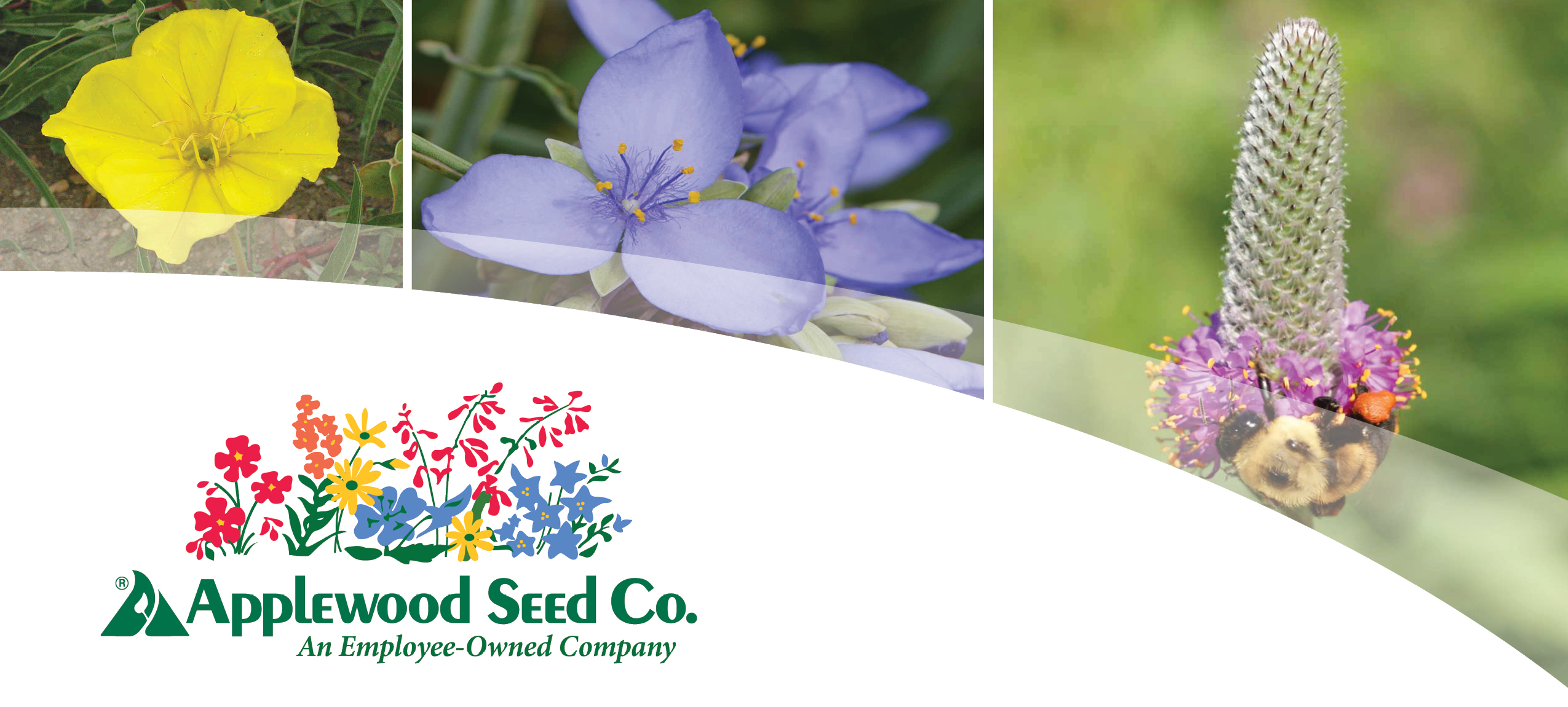
Bioswales and Rain Gardens
How retention and detention plantings in urban areas minimize stormwater and air pollutants.
Bioswales and their smaller, residential cousin, rain gardens, offer similar benefits to mitigating stormwater runoff. Both offer low or limited-impact development (LID) options to storm sewers that allow stormwater to naturally permeate back into native or urban landscapes. When properly implemented, bioswales and rain gardens divert rainwater and floodwater away from impermeable areas to those rich with local forbs and grasses and can attract beneficial pollinators.
In 2007, the EPA cited stormwater “as one of the leading sources of pollution for all waterbody types in the United States.”(1) This statement remains true even today in 2021. Bioswales and rain gardens act as “green infrastructure,” using vegetation, soils, and other elements and practices to restore some of the natural processes required to manage water and create healthier urban environments (2).
Bioswales are large depressions, often near roadsides, where rainwater can collect and infiltrate through the soil. Ranging from parabolic to trapezoidal shapes, bioswales can be created from existing depressions or constructed with landscaping practices. Generally, bioswales have sloped edges, with varying native and deep-rooted vegetation at the bottom of the swale (plants adapted to flood events and wet conditions), the sides (dry to moist plants that provide soil stabilization), and at the top (dryland species).
Bioswales take the place of large underground pipes to transport stormwater runoff and floodwater away from risk areas and relieve existing storm sewer systems that may be overburdened. Being much larger than residential rain gardens, bioswales usually have more underlying infrastructure to interface with sewage systems. According to the NRCS, bioswales should be sized to convey at least 4.3 inches of rainwater in 24 hours (commonly referred to as a “10-year storm”) (3).
Rain Gardens, in comparison, are on a smaller scale and are incorporated into landscapes to divert runoff from impervious surfaces- such as roofs and streets (3). Generally, rain gardens should be 5 to 10% of the square footage of the impervious surface surrounding the garden (3). Perennials and other moisture-loving forbs are ideal for rain gardens.
On-going research into the dynamics of swales (bio-, wet , and grass/infiltration swales) and their ability to filter heavy metals, sediment, and other chemicals is of high concern for urban planners looking to incorporate swales into intercity landscapes. A study recently posted in the Journal of Environmental Management studied varying swale designs to determine their effectiveness in removing total suspended solids (TSS); “well-maintained grass swales with check dams or infiltration swales are the best options for runoff volume reduction and removal of sediment and heavy metals. For nitrogen removal, wet swales are the most effective swale alternative. Bioswales are best for phosphorus and bacteria removal; both wet swales and bioswales can also treat heavy metals” (4).
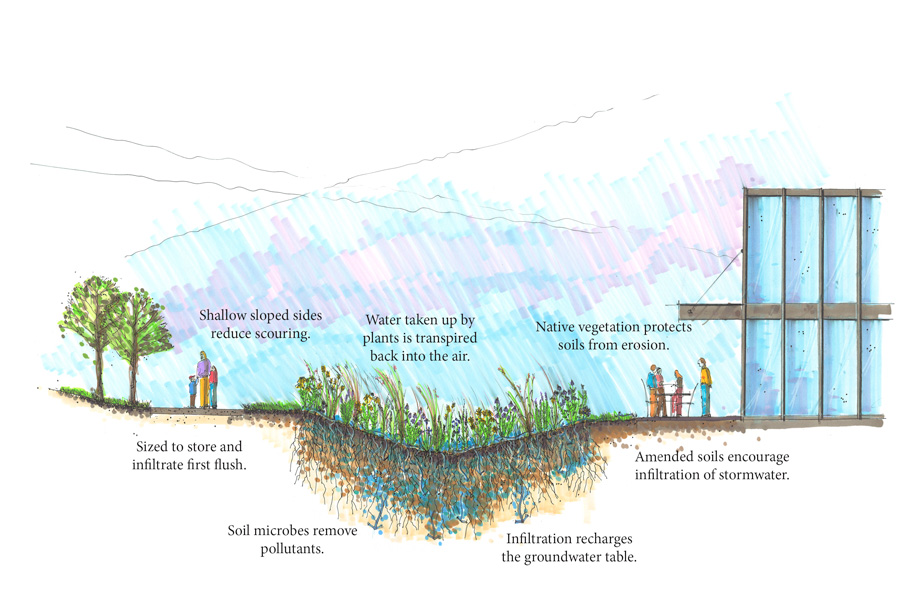
Anatomy of a bioswale, provided by the Clemson Cooperative Extension Home & Garden Information Center.
Another study conducted in 2018 suggested that having vegetation within a bioswale increases its stormwater permeability as well as nitrogen removal (5). In terms of toxin removal, water infiltration, and erosion control, planted species in bioswales and rain gardens increase nitrogen and phosphorous uptake through their roots, thus reducing eutrophication of downstream urban waterways. Choosing plants for the most effective bioswale and rain garden is a matter of the size/scale of the project, the local climate, and the unique hydrology of the area. Native plants, especially those adapted to periods of drought and flood events, are best suited for the bottom of a bioswale. Dense, low-growing plants are the most effective in removing particulates through sedimentation among their stems and/or leftover stubble. Below ground, extensive root systems (particularly from grasses, but also some persistent perennial forbs) stabilize the soil and prevent captured sediment from re-suspending into stormwater runoff. Trees are also effective by intercepting rainfall through their leaf canopies and by increasing infiltration along their massive root systems. Soil stabilization with grasses (especially on the upper sides of bioswales) are key to long-term maintenance of the swale. Though native plants themselves don’t necessarily have improved hydrologic or treatment performance over non-native plants, the added benefit to biodiversity and local wildlife gives landscapers a prime opportunity to incorporate a pollinator-friendly plant species in bioswales or rain gardens (5).
Bioswales and rain gardens are only two examples of green infrastructure. Additional forms include green roofs, green streets/alleys, green parking, and maintaining a healthy urban tree canopy. These forms of infrastructure are designed to improve urban air quality, reduce heat island effects in inner-city/urban sprawl, and mitigate flooding risk. However, the implementation of green infrastructure across the US is still reliant on local and state support, where local municipalities face issues of funding, regulation, and negative perceptions on cost and risk as compared to traditional “grey” infrastructure. Programs like 12,000 Rain Gardens and Naturally Resilient Communities provide community-based solutions and resources for stormwater and flooding mitigation, which clearly lays out the importance of bioswales and rain gardens in creating more sustainable habitats for ourselves and the species with which we share our home.
References
1. National Research Council Report: Urban Stormwater Management in the United States (PDF)
2. “What Is Green Infrastructure?” EPA, Environmental Protection Agency, 2 Nov. 2020, www.epa.gov/green-infrastructure/what-green-infrastructure
3. “Urban Conservation Fact Sheets.” Urban Conservation Fact Sheets | NRCS Iowa, www.nrcs.usda.gov/wps/portal/nrcs/ia/newsroom/factsheets/NRCS142P2_008539/
4. Ekka, Sujit A., et al. “Next Generation Swale Design for Stormwater Runoff Treatment: A Comprehensive Approach.” Journal of Environmental Management, vol. 279, 2021, p. 111756., doi:10.1016/j.jenvman.2020.111756
5. Dagenais, Danielle, et al. “The Role of Plants in Bioretention Systems; Does the Science Underpin Current Guidance?” Ecological Engineering, vol. 120, 2018, pp. 532–545., doi:10.1016/j.ecoleng.2018.07.007

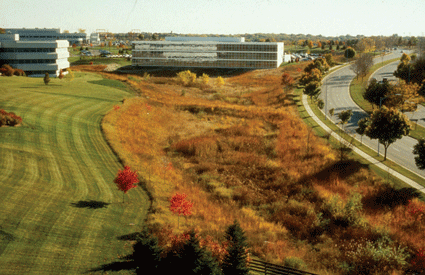

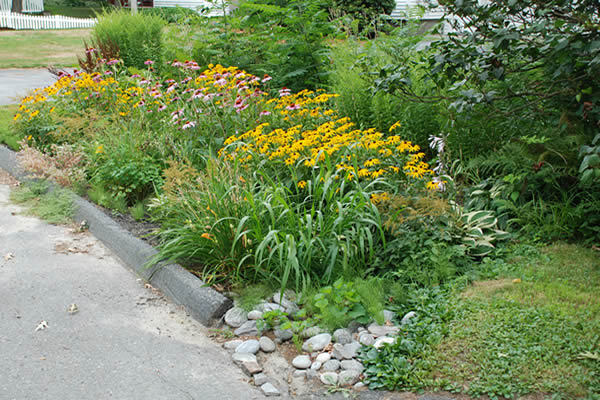
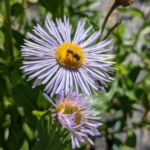
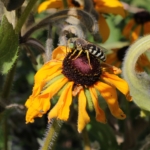
Applewood Seed Co. Announces Strategic Leadership Changes to Drive Business Growth
Applewood Seed Co., an employee-owned company, the leading supplier and wholesaler of open-pollinated flower seeds in the U.S., proudly announces two pivotal promotions within its leadership team. Mary Gomane has been promoted to Vice President of Sales & Production and Joe Eenigenburg has advanced to the role of Director of Sales & Marketing. These strategic […]
Using Flowers as Nature’s Solution to Water Conservation
In the realm of commercial landscaping, traditional turfgrass lawns still reign as the go-to for public and private projects. However in recent years, the practice of replacing turfgrass with flowers has steadily gained popularity, not only for the aesthetic appeal but specifically for the positive impact on water conservation and cost reduction.